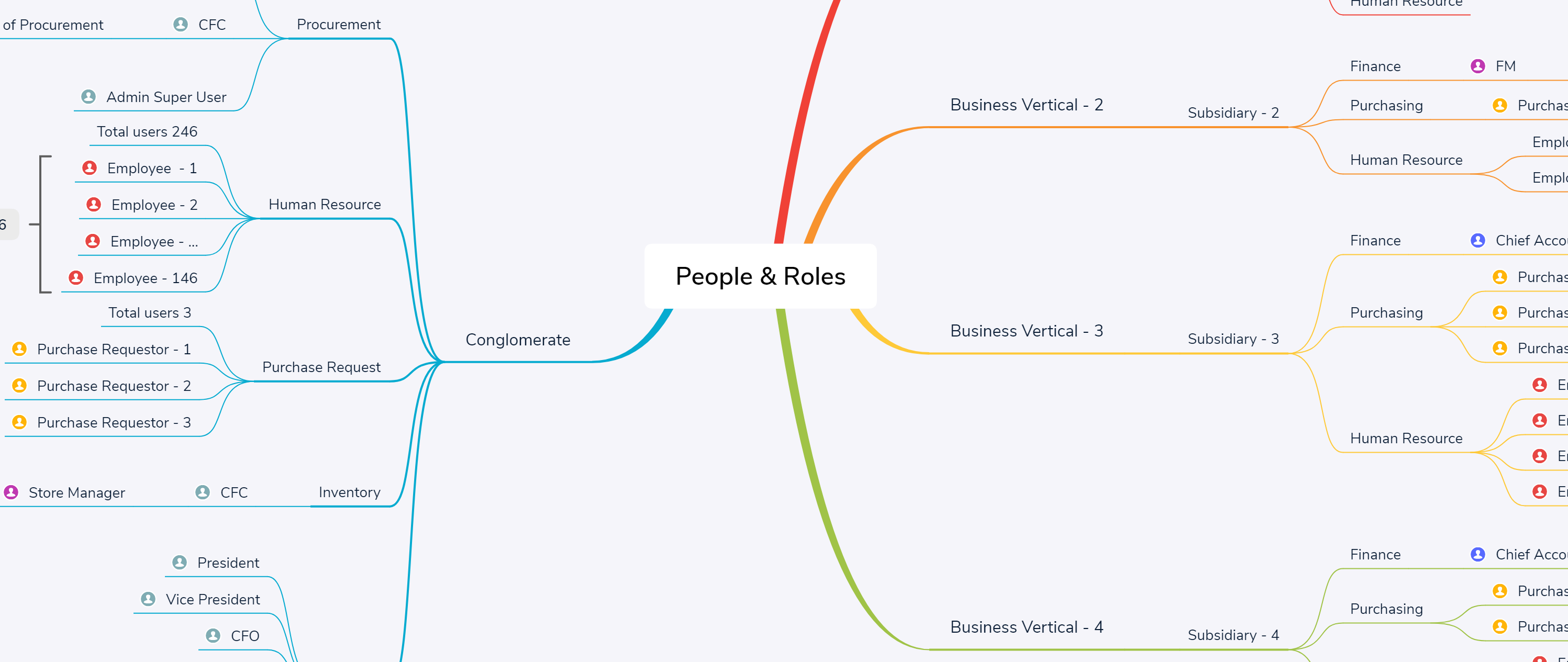A model is a descriptive and visual way to convey information to a specific audience in order to support analysis, communication, and understanding. There exists 5 different categories of model in which people and roles model is one of the pre-requisite that is required before even enrolment for an ERP project.
Your organizational structure is what enables you to implement your business processes, and the two must be aligned if your organization is to succeed. Most people think of organization modelling as the creation of an organization chart, which depicts the reporting structure of your senior executives and line of communication. That's important information, but it's just a start. A true organization model describes your organizational units (teams, groups, divisions, and so on), the primary positions, the senior people, the roles and responsibilities that the people and organizational units fulfill, and the relationships (potentially including both reporting and flow of control) between them all.
A robust model under such category of people and roles may often help enterprises to save upto half a million dollars on SaaS or ERP implementation licenses. All ERP vendors are well-equiped with a sales army which are highly trained, multi-lingual, and great negotiators. Their primary objective is to have an increase in the no. of licenses so that in the initial run or during the first year of the project roll-out they wont make much profit in large numbers but over a period of time the TCO(total cost of ownership) for customers will be much higher. Licenses are directly proportional to the profit made by ERP vendors over a time.
Such models represent organizations, groups of people, roles, and their relationships within an enterprise and to a solution. Techniques used to represent people and their roles include Organizational Modelling, Roles and Permissions Matrix and Stakeholder List, Map, or Personas.
As a management consultant I help enterprise to sketch their model using the above mentioned techniques. Thereby, empowering enterprise to have an upper hand at negotiation table.

